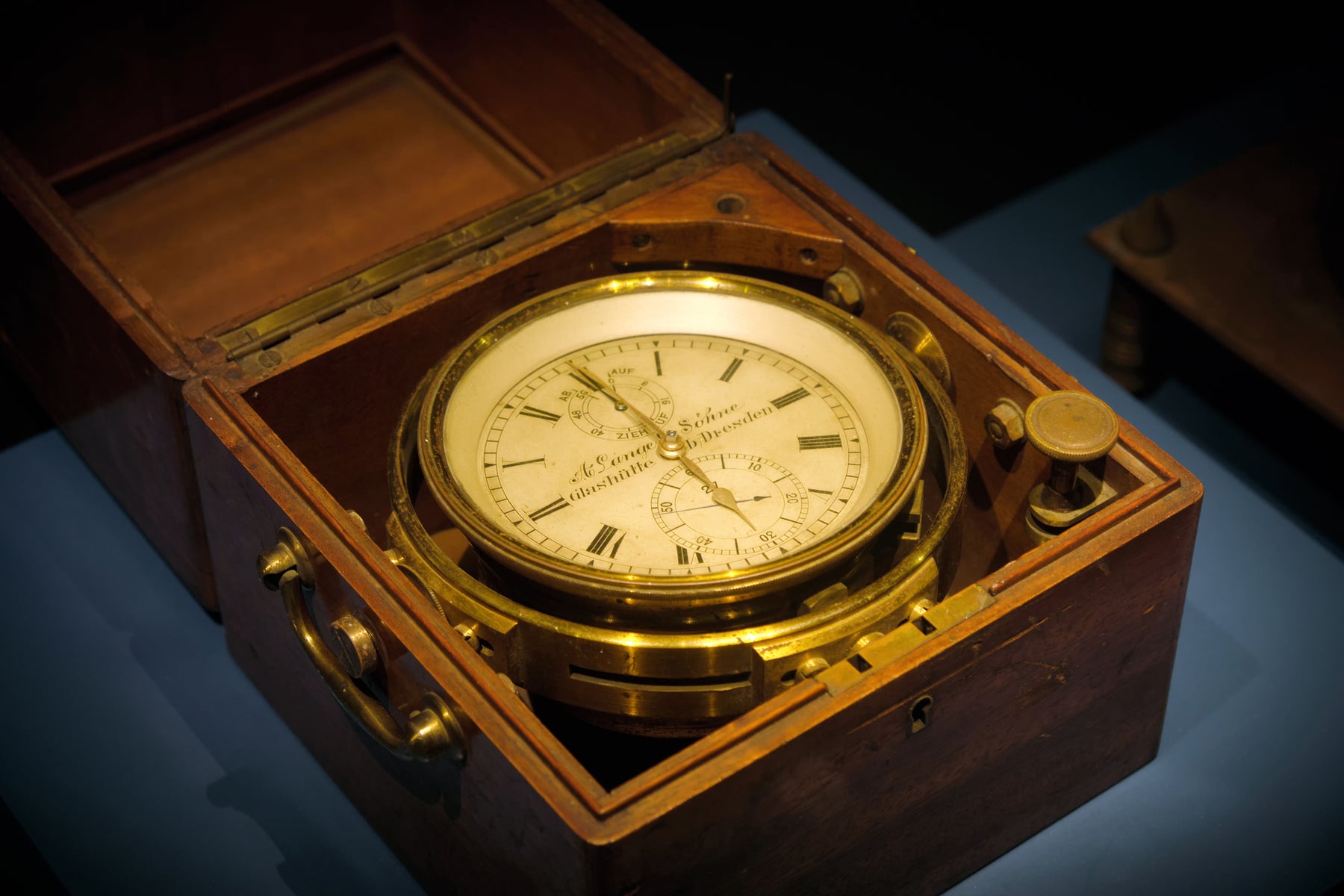1-(800)-642-0011
1-(800)-642-0011

Throughout history, the ability to accurately measure time has been crucial for navigation at sea. From ancient mariners to modern sailors, the need for precise timekeeping has allowed seafarers to calculate their position and accurately chart their course. One instrument that has played a vital role in this process is the chronometer.
In the early days of seafaring, sailors relied on crude methods to determine their position. They used celestial navigation, measuring the angle between celestial bodies and the horizon, to estimate latitude. However, a reliable method for determining longitude was lacking, and sailors often found themselves lost at sea.
This all changed in the 18th century when British clockmaker John Harrison invented the marine chronometer. Harrison's chronometer was a breakthrough in timekeeping technology, as it was able to maintain accurate timekeeping despite the unforgiving conditions on the open ocean. This was achieved through a combination of innovative engineering and precise craftsmanship.
The marine chronometer consisted of a highly accurate clock mechanism housed in a sturdy, shock-resistant case. The clock featured a balance wheel and a hairspring to regulate its movement and keep accurate time. It was also equipped with a winding mechanism that allowed it to be wound up regularly to ensure its accuracy.
The key innovation of Harrison's chronometer was its ability to compensate for the ship's motion. The balance wheel and hairspring were mounted on gimbals, allowing them to remain level even as the ship rolled and pitched in the waves. This kept the clock's movement regular and prevented it from losing or gaining time due to the ship's motion.
With the invention of the chronometer, sailors now had a precise method for determining their longitude at sea. By comparing the time on the chronometer with the local time at a known reference point, such as Greenwich, sailors could calculate their east or west distance from that point. This enabled them to accurately chart their course and navigate the high seas with confidence.
The use of chronometers quickly spread throughout the seafaring world, becoming essential tools for navigators. As the technology advanced, chronometers became smaller, more accurate, and more durable. They were also equipped with additional features, such as a second hand and a power reserve indicator, to further enhance their functionality.
Today, while modern navigation systems such as GPS have largely replaced traditional methods of celestial navigation, chronometers still hold a special place in the hearts of sailors and collectors. They remain a symbol of precision and craftsmanship, representing a time when measuring time accurately was a matter of life and death at sea.
In conclusion, the invention of the chronometer revolutionized navigation at sea by providing sailors with a reliable method for measuring time accurately. With this newfound ability, sailors were able to accurately determine their longitude and navigate the high seas with confidence. Today, chronometers continue to be valued for their precision and serve as a reminder of the technological advancements that have shaped the maritime world.